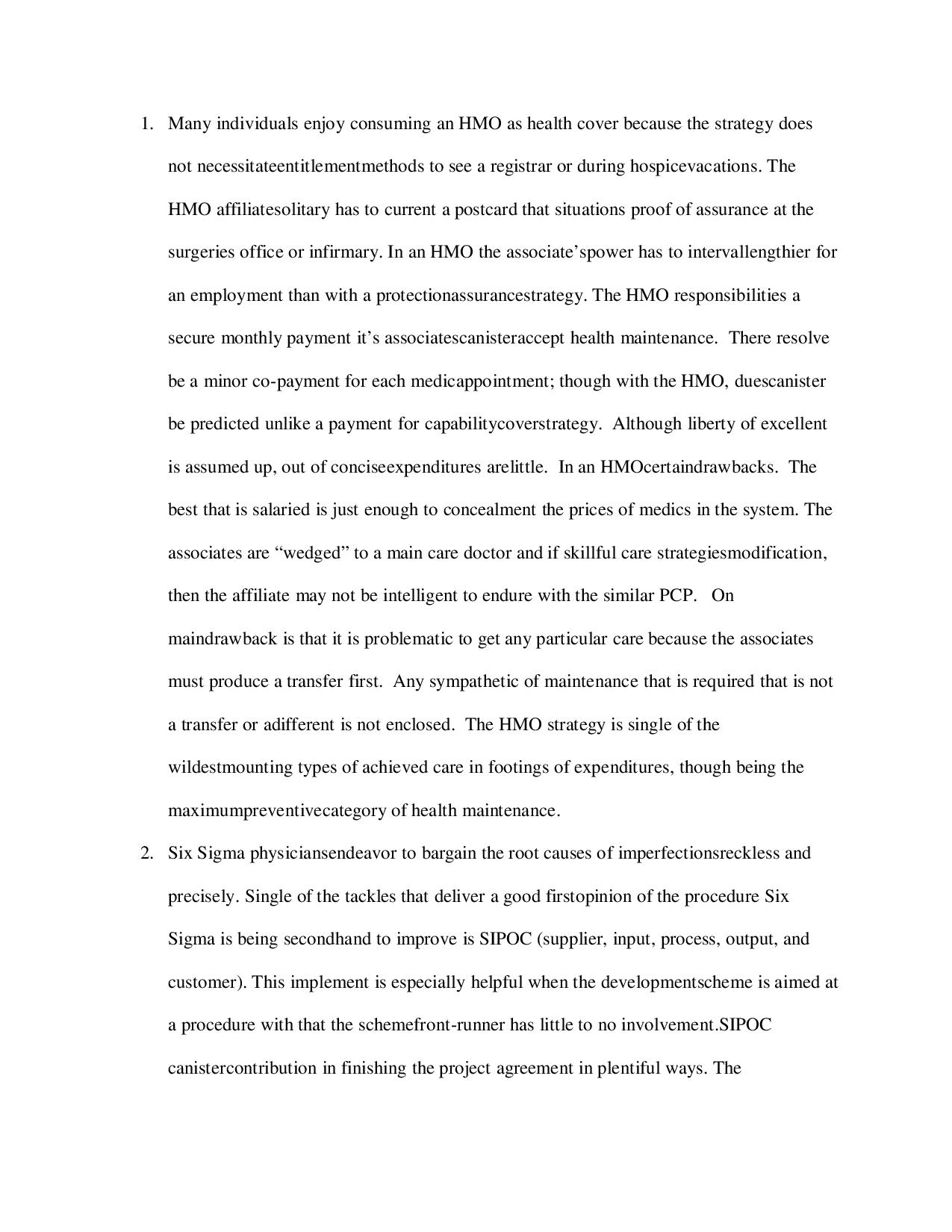Project #1. The Standard Ethics Paper: 12 pages
PART 1: The Problem and the Proposal
Step 1
Either
Identify a moral problem in your own life. (This can be a problem you have lived through, one that you are confronting now, or one that you anticipate having to confront in your future).
Or
Identify a moral problem that is of immediate importance to you, your family, your community, or your city.
Once you have identified your moral problem, you are ready for Step 2.
Step 2
Select (2) moral theories we have covered this term. These are the theories you will you use to attempt (1) to resolve your moral problem and (2) do ‘the right thing.’
Once you have identified your moral problem and selected your moral theories, you are ready to complete Part 1.
Completing Part 1. Your term paper proposal. In (2) well-written paragraphs:
Describe your moral problem and identify the ethical issue(s) your problem involves.
State the central question your problem raises.
Indicate which moral theories you plan to use to work through this question.
Give at least some indication of what you think your thesis/position/answer will be (it is fine if it changes as you write your term paper).
Email me your proposal with a phone number I can call to reach you.
Example of a term paper proposal:
My cousin and her husband would like to adopt a girl from China. Because I am both an adoptee and a professor of ethics, they have asked me for my opinion on the matter. They claim that there are neglected orphan children who need love; that they have a moral duty to care for those in need; and that they are prepared to love this girl as their own. They understand that as a child of Chinese descent, she might have particular needs; these needs they feel can be met by the larger community of Highland Park, Texas. “There are some Chinese people in Dallas,” they say. When asked what their motive is for adopting, their response is that “they have tried to have a girl.” After three boys, however, they are no longer willing to try, and what is more, because of my cousin’s age and history, there will likely be complications with any future pregnancy. When I ask whether they have thought about what it might be like for a Chinese adoptee to grow up in a white family and in an almost completely white community, they tell me that they will treat her like their “princess.”
The situation and the issues it raises can be addressed by answering a single question: should this couple at this time go forward with this adoption? Based on the reasons they have given, the answer is “no;” and I plan to voice strong objections. They are not adequately prepared to go forward. Their Kantian view that we have a moral duty to those in need and their belief that love and a good will can conquer all are both naïve. They have failed to consider the long-term consequences of trans-racial adoption on either the adoptee or the adoptive family. This is not to say that trans-racial adoption is morally wrong. On the contrary, it is to claim that potentially difficult/painful consequences can be avoided when appropriate conditions are met prior to the adoption proper. Since in this case these conditions have not been met, the action is morally wrong and its Kantian/conservative justification, misguided.
(Moral theories: Kant and Consequentialism)
After your proposal is approved, you can begin working on Part 2.
PART 2: Writing the Term Paper
If you have done a thorough job with Part 1, Part 2 should come easily.
Before you start writing:
Be sure that you can state the thesis you plan to defend in the course of your paper in one sentence.
As you write:
You must state your thesis at the outset of your paper.
You must identify and address any and all ethical issues your problem raises.
You must make reference to no fewer than (2) additional texts on the topic on which you are writing.
For example: If I decided to write on my cousin’s situation, I might refer to Freundlich’s Ethics and Adoption: The Impact of Race, Ethnicity, and National Origin on the Adoptee and Adoptive Family and Sally Haslanger’s article on trans-racial adoption entitled You Mixed?.
You MUST use the 12 pages to:
Defend your position on theoretical grounds.
Explore at least one serious objection to your position.
Offer a thoughtful response to this objection.
ATTACHED IS MY proposal with notiece from the professor
the note was where is the ethical problem
he also says something aabout the proposal is too big i should narrow it down


